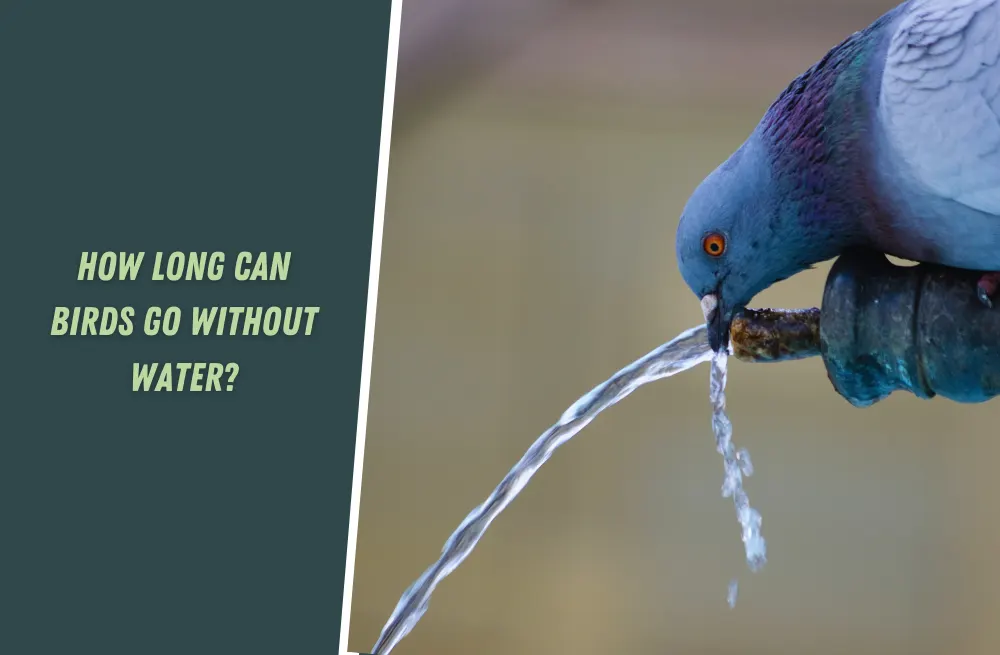Snapping turtles are fascinating creatures that have captured the imagination of people for centuries.
With their rough shells, powerful jaws, and long tails, these freshwater turtles are both impressive and intimidating.
But there’s more to these creatures than meets the eye. Here, we’ll explore 10 intriguing facts about snapping turtles that you might not have known before. Get ready to be amazed by these incredible creatures!
10. Snapping turtles are one of the largest freshwater turtle species
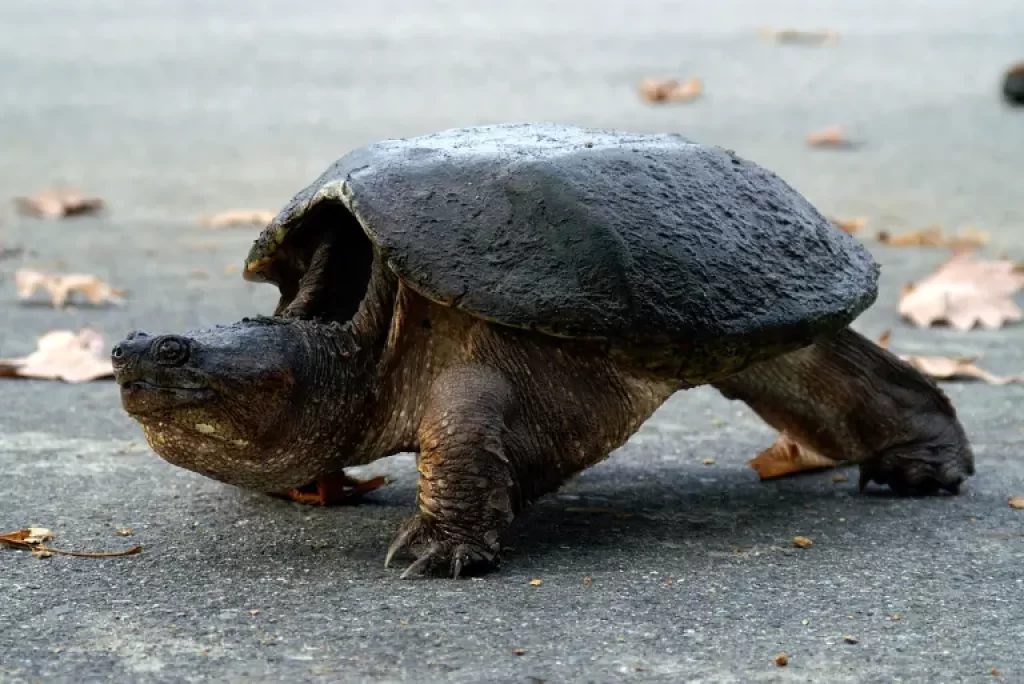
Snapping turtles are impressive creatures, known for their large size and powerful jaws. They are one of the largest freshwater turtle species in the world, with some adults weighing over 100 pounds.
The common snapping turtle, found throughout North America, typically grows to be around 18 inches long and can weigh up to 35 pounds, but some have been recorded to be even larger.
The alligator snapping turtle, found in the southeastern United States, is even larger, with some adults weighing up to 200 pounds.
The size and weight of snapping turtles make them formidable creatures in their aquatic habitats, where they are known for their strength and ability to defend themselves against predators.
09. They have a distinctive appearance
Snapping turtles have a unique and unmistakable appearance. They have rough, textured shells that are typically brown or black in color, with ridges that run down their backs. Their shells can grow to be up to 20 inches in length and 18 inches in width.
Additionally, snapping turtles have long tails that can make up two-thirds of their total length, which can range from 8 to 18 inches.
The tails are often covered in a series of saw-like ridges and are used for swimming and as a defensive weapon when threatened.
The combination of their large size, rugged shell, and long tail make snapping turtles an impressive and formidable presence in their aquatic habitats.
08. Snapping turtles are actually powerful swimmers and can move quickly
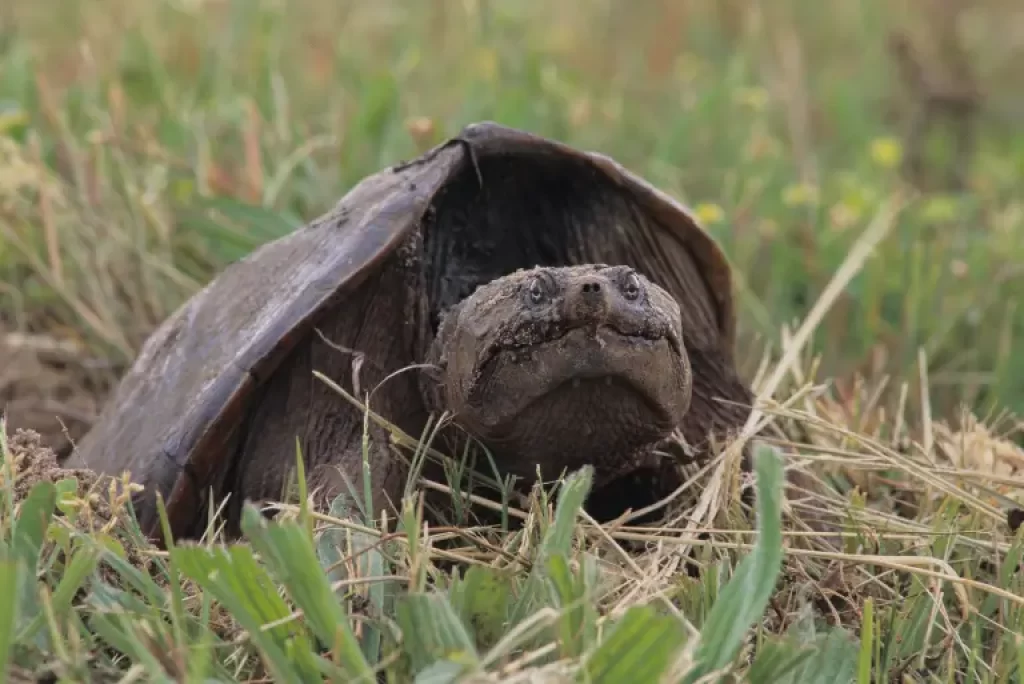
Despite their heavy appearance and slow movements on land, snapping turtles are capable swimmers and can move quickly when threatened. They have webbed feet and powerful legs that allow them to paddle through water with ease.
In fact, they are known to be quite aggressive and territorial when it comes to their aquatic habitat and will fiercely defend their territory against intruders.
On land, they can use their muscular legs to propel themselves forward and their long tails to balance and maneuver around obstacles.
Their ability to move quickly on both land and water is one of the reasons they have been so successful as a species for millions of years.
07. These turtles feed on variety of prey including fish, frogs, snakes, insects, and even small mammals
Snapping turtles are opportunistic feeders and have a diverse diet. They are known to consume a variety of prey, such as fish, frogs, snakes, insects, crustaceans, mollusks, and even small mammals like mice and ducklings.
They are also known to scavenge on carrion and to eat plant material like algae and water plants. Snapping turtles are ambush predators and often lie in wait for their prey to come close before striking with their powerful jaws.
They have a reputation for being aggressive and have been known to attack humans if provoked or cornered.
06. Snapping turtles have an unusual feeding method
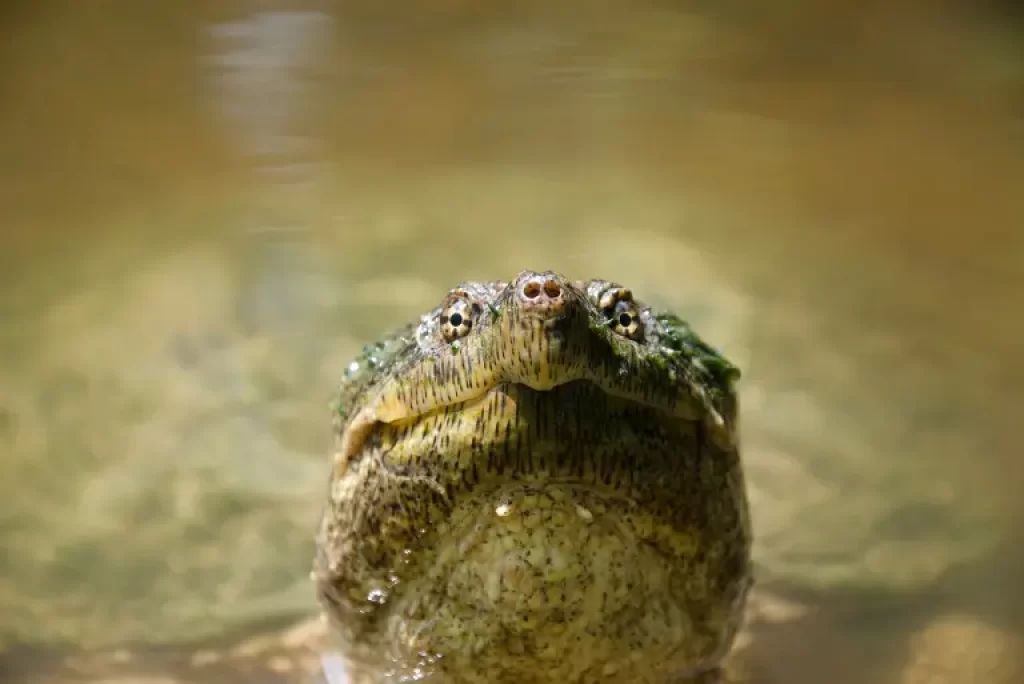
Snapping turtles are known for their unique feeding technique. They have a pink, worm-like projection on the floor of their mouth called a “pseudotongue,” which they use to lure prey close to their powerful jaws.
Once the prey is close enough, the snapping turtle will quickly retract the pseudotongue and snap its jaws shut.
This feeding method is incredibly effective, allowing snapping turtles to catch prey as large as their own size.
Their sharp beaks can also make them formidable predators, as they can easily crush the shells of their prey.
In addition to their carnivorous tendencies, snapping turtles also consume a variety of plant material, making them omnivorous.
05. Their powerful jaws and sharp beaks make them formidable predators
Snapping turtles are not aggressive towards humans, but they can become defensive when they feel threatened or cornered.
Their powerful jaws and sharp beaks are adapted for their carnivorous diet, but they can also be a dangerous weapon when they feel threatened.
In fact, they are known to be one of the most dangerous turtles in the world due to their strength and aggressiveness.
If approached, snapping turtles will often hiss and lunge forward, trying to snap with their powerful jaws. It is important to give these turtles plenty of space and respect their boundaries to avoid any potential danger.
04. Snapping turtles have a unique adaptation that allows them to breathe underwater
Snapping turtles have a unique adaptation that allows them to stay underwater for long periods of time by extracting oxygen from the water through their skin.
This is because snapping turtles have highly vascularized cloacas, which are openings used for both reproduction and excretion, located near the base of their tails.
These cloacas are able to extract oxygen from the water, which can then be absorbed by the turtle’s bloodstream.
This adaptation allows snapping turtles to stay submerged for up to 50 minutes (😲) at a time without having to come up for air. It also helps them to remain hidden from predators and ambush their prey.
03. Unlike many other turtle species, snapping turtles do not lay their eggs in sand or soil
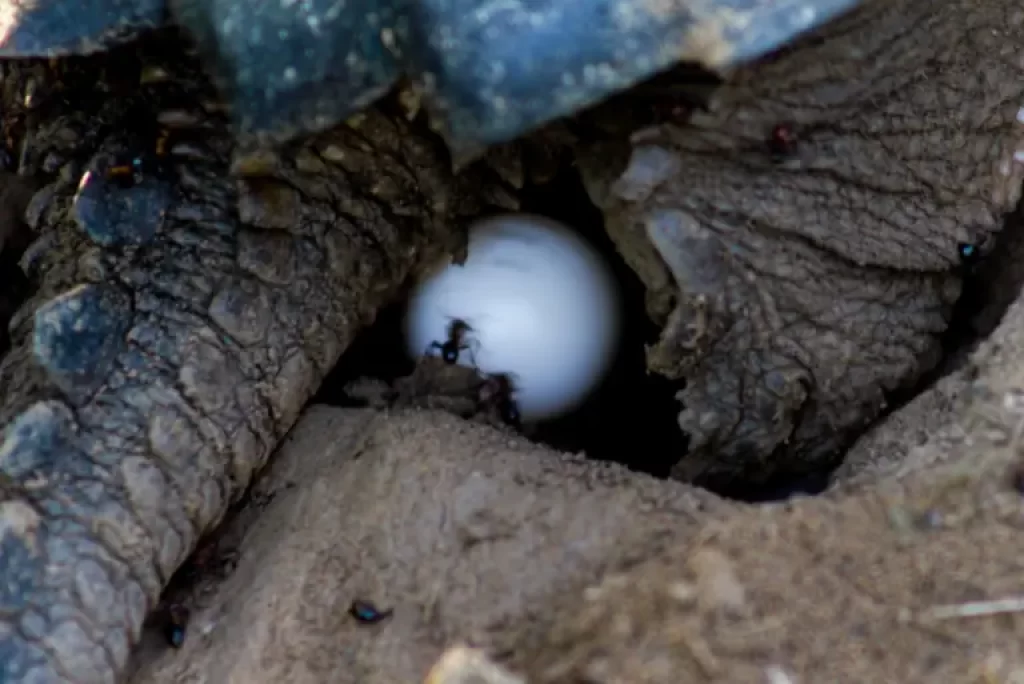
After mating, female snapping turtles travel to a suitable location to lay their eggs. They prefer areas with soft, muddy soil near water bodies like rivers, ponds, and lakes.
Once they find a suitable location, they dig a hole with their hind legs and lay a clutch of eggs. The eggs are spherical and white, with a flexible shell that allows the developing embryos to breathe.
The number of eggs in a clutch varies depending on the size of the female, but can range from 20 to 50.
The eggs are left unattended and hatch after around 60 to 90 days, depending on the temperature. The hatchlings then make their way to the water, where they will spend the majority of their lives.
02. These turtles are long-lived, with lifespans of up to 40 years in the wild
Snapping turtles have impressive longevity, living up to 40 years in the wild. This longevity is due in part to their slow growth rate and their ability to adapt to changing environmental conditions.
However, they face a number of threats to their survival, including habitat loss and fragmentation, pollution, and over-harvesting for food and pets.
Snapping turtles are also at risk of being hit by cars while crossing roads, as they often travel long distances overland in search of new habitats or nesting sites.
Despite these challenges, snapping turtles are important members of freshwater ecosystems and play an important role in maintaining ecological balance by controlling populations of prey species and serving as a food source for predators.
01. Snapping turtles have a unique defense mechanism
Snapping turtles have a reputation for being tough and aggressive creatures, but they have a defense mechanism that is just as unique as their appearance.
When they feel threatened, they have the ability to release a foul-smelling liquid from their musk glands.
This liquid not only smells bad but can also irritate the eyes and mucous membranes of predators, causing them to retreat.
It’s a clever adaptation that allows snapping turtles to protect themselves without using their powerful jaws and sharp claws.
While this defense mechanism is effective against many predators, it’s not foolproof, and snapping turtles still face numerous threats in their natural habitats as you’ll see in the bellow.
Despite their tough exterior, snapping turtles are threatened by habitat loss, pollution, and over-harvesting for their meat and shells.
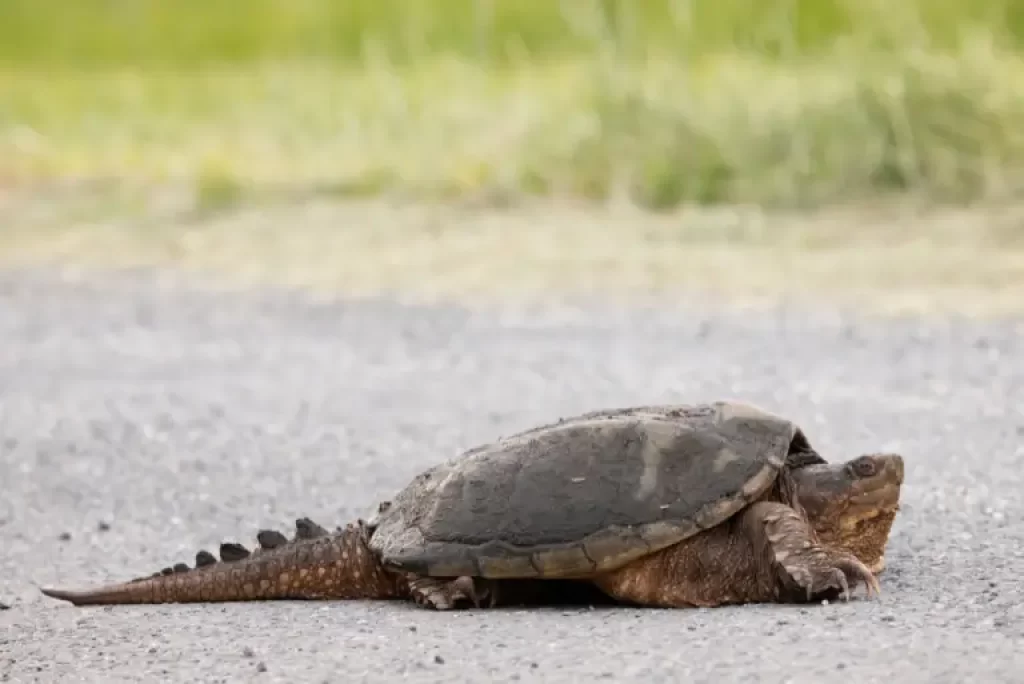
Snapping turtles have a tough reputation, but they face many threats in the wild. Habitat loss is a major concern, as wetlands and other freshwater habitats are destroyed or degraded by human activities.
Pollution, particularly from agricultural runoff and industrial waste, can also have serious impacts on these turtles and their prey. Additionally, snapping turtles have long been hunted for their meat and shells, which are considered valuable.
Conservation efforts are ongoing to protect snapping turtles, including habitat restoration, pollution control, and regulations on hunting and harvesting.
These efforts are important to ensure that these unique and fascinating creatures continue to thrive in the wild for generations to come.
Final thoughts
Snapping turtles are fascinating creatures with unique adaptations and behaviors that make them a vital part of the ecosystem.
From their powerful jaws to their ability to breathe underwater, there is much to learn and appreciate about these creatures.
If you enjoyed learning about snapping turtles, we would love to hear from you in the comments below. Don’t forget to share this article with your friends and family so they can also appreciate the wonder of snapping turtles.






